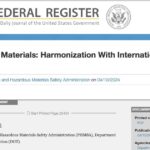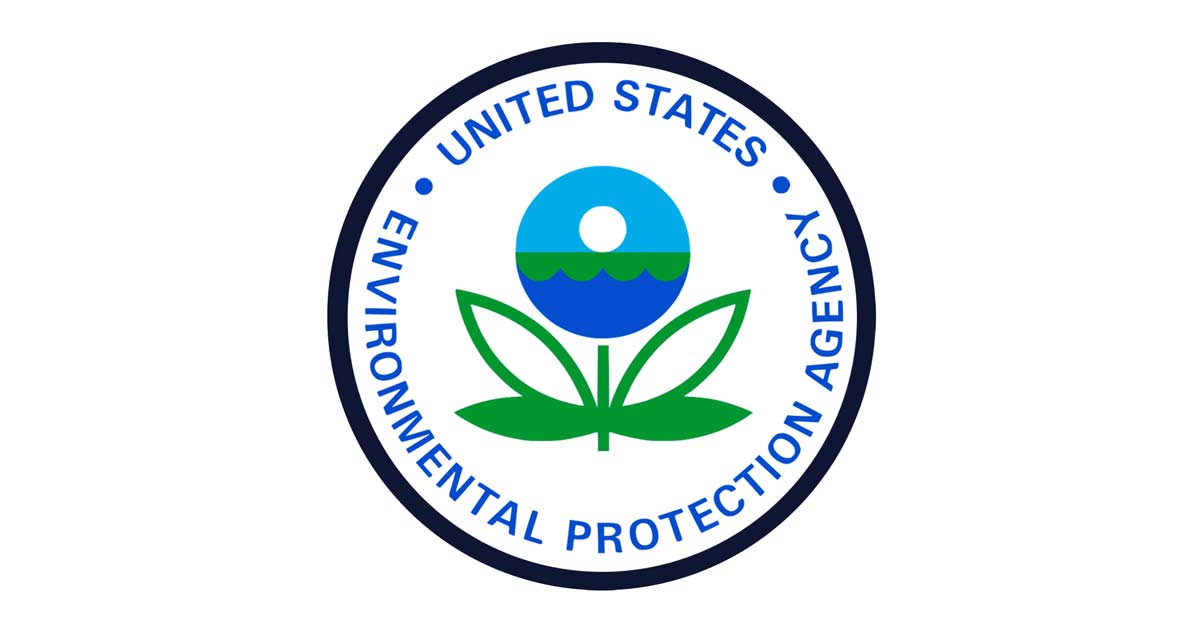The U.S. Environmental Protection Agency issued the third Toxic Substances Control Act test order requiring testing on per- and polyfluoroalkyl substances (PFAS) under EPA’s National PFAS Testing Strategy, the latest action taken under EPA’s PFAS Strategic Roadmap to confront contamination from forever chemicals nationwide.
This action orders the Chemours Company FC LLC, E. I. du Pont de Nemours and Company, and 3M Company to conduct and submit testing on 2,3,3,3-Tetrafluoro-2-(heptafluoropropoxy)propanoyl fluoride (HFPO-DAF), a substance used as a reactant in organic chemical manufacturing. HFPO-DAF is known to be used to make the chemical Hexafluoropropylene Oxide (HFPO) Dimer Acid (CASRN 13252-13-6), also known by the trade name GenX. HFPO-DA is used in the production of nonstick coatings, stain repellent, and other consumer and industrial products and was widely used to replace PFOA. More than 1 million pounds of HFPO-DAF are manufactured each year, according to TSCA Chemical Data Reporting rule reports.
Also Read: Will Hazmat Teams be Affected by EPA ‘Forever Chemical’ Rule Changes?
“We still don’t know enough about the dangers that many PFAS might pose to human health,” said Assistant Administrator for the Office of Chemical Safety and Pollution Prevention Michal Freedhoff. “We’re using all the tools at our disposal to rapidly gather data about these substances so that we can better understand the potential environmental and human health impacts of PFAS and take any necessary steps to address them.”
After thoroughly examining existing hazard and exposure data, EPA has concluded that HFPO-DAF may present an unreasonable risk of injury to health or the environment. The potential hazards from exposure to this chemical could include organ damage, including to the eyes and skin, as well as cancer.
EPA has also concluded that workers may be exposed to HFPO-DAF. Additionally, EPA’s recent proposal to regulate six PFAS in drinking water, including HFPO-DA and its salts, isomers, and derivatives which includes HFPO-DAF, found there was a meaningful opportunity to reduce health risks to people consuming drinking water contaminated by these PFAS. The test order will help EPA better understand the potential hazards and potential exposures associated with HFPO-DAF.
Also Read: Grad Student Improves how to Communicate Forever Chemical Identification
EPA also recently issued an updated National Enforcement and Compliance Initiatives that will continue EPA’s focus on reducing risks of accidental releases at industrial and chemical facilities” and, importantly, for the first time emphasize inspecting and addressing noncompliance at facilities that use highly toxic hydrogen fluoride (HF).
In announcing this initiative, EPA pointed to “recent incidents involving the release or potential release of highly toxic hydrogen fluoride … and concerns about the potentially catastrophic consequences of a hydrogen fluoride release.”
Chemical Safety Board Chairperson Steve Owens said, “The CSB applauds EPA for continuing to focus on preventing accidental releases from chemical facilities and for recognizing the need to emphasize inspections and compliance efforts at facilities that use hydrogen fluoride. EPA can help ensure that facilities that use HF are operated safely.”
The CSB has investigated several incidents in recent years involving a release near miss of HF, where nearby communities have been put at risk.
In 2019, a major fire and explosions at the Philadelphia Energy Solutions Refinery in Philadelphia, resulted in the release of more than 5,000 pounds of highly toxic HF into the air. Fortunately, due in part to favorable wind conditions, the surrounding community was not harmed by the HF release. However, if the HF had traveled beyond the refinery boundary, there could have been significant adverse impacts to the community.
In 2018, two vessels in the fluid catalytic cracking (FCC) unit at the Husky Superior Refinery in Superior, Wis., exploded, propelling metal fragments throughout the facility that punctured a nearby asphalt storage tank at the refinery and resulted in a serious asphalt fire. An HF storage tank, which was closer to the explosion than the asphalt tank, could have been punctured by the debris from the explosion.
More than 2,500 Superior residents were evacuated from their homes, and Duluth, Minn., issued a shelter in place order, due to the potential risk of a release of highly toxic HF from the refinery.
In 2015, an electrostatic precipitator in the FCC unit at the former ExxonMobil refinery in Torrance, Calif., exploded and spewed debris that nearly hit two tanks containing modified HF. FCC catalyst spread throughout the nearby community because of the explosion, and while no HF was released, the event raised significant concerns in the community about the potential impact of a HF release at the facility.
In February 2023, the CSB sent a letter urging EPA to continue to focus its enforcement and compliance efforts on preventing accidental releases at chemical facilities and to begin emphasizing inspections and compliance actions at facilities that use HF.
Chairperson Owens said, “The CSB appreciates EPA’s continued commitment to chemical facility safety and their new emphasis on ensuring compliance at facilities that use HF.”
Original post – Copyright © 2023 HazmatNation.com. Externally linked references may hold their own independent copyright not assumed by HazmatNation











